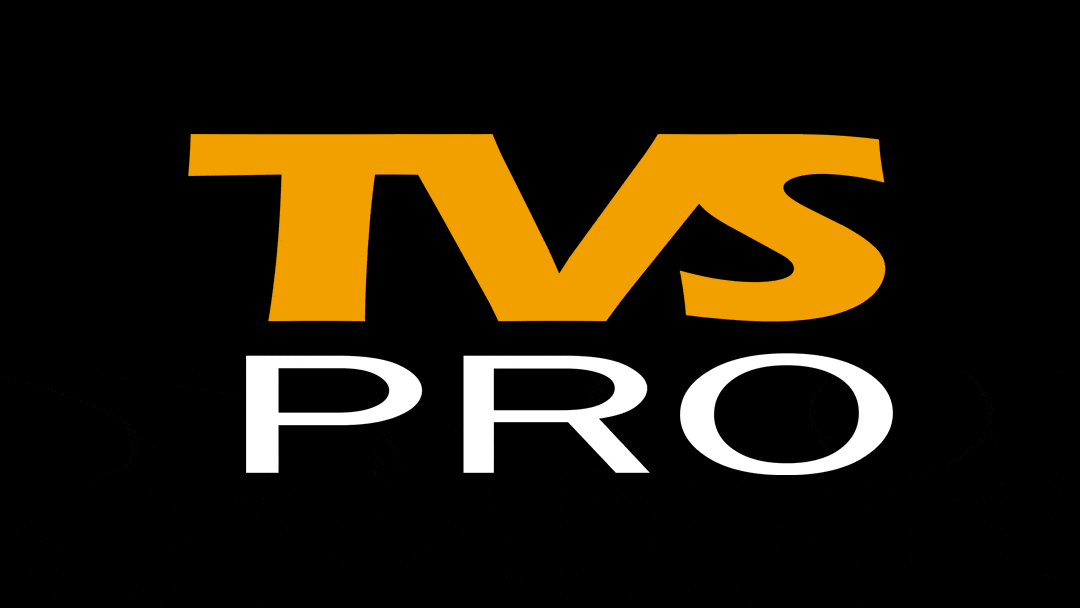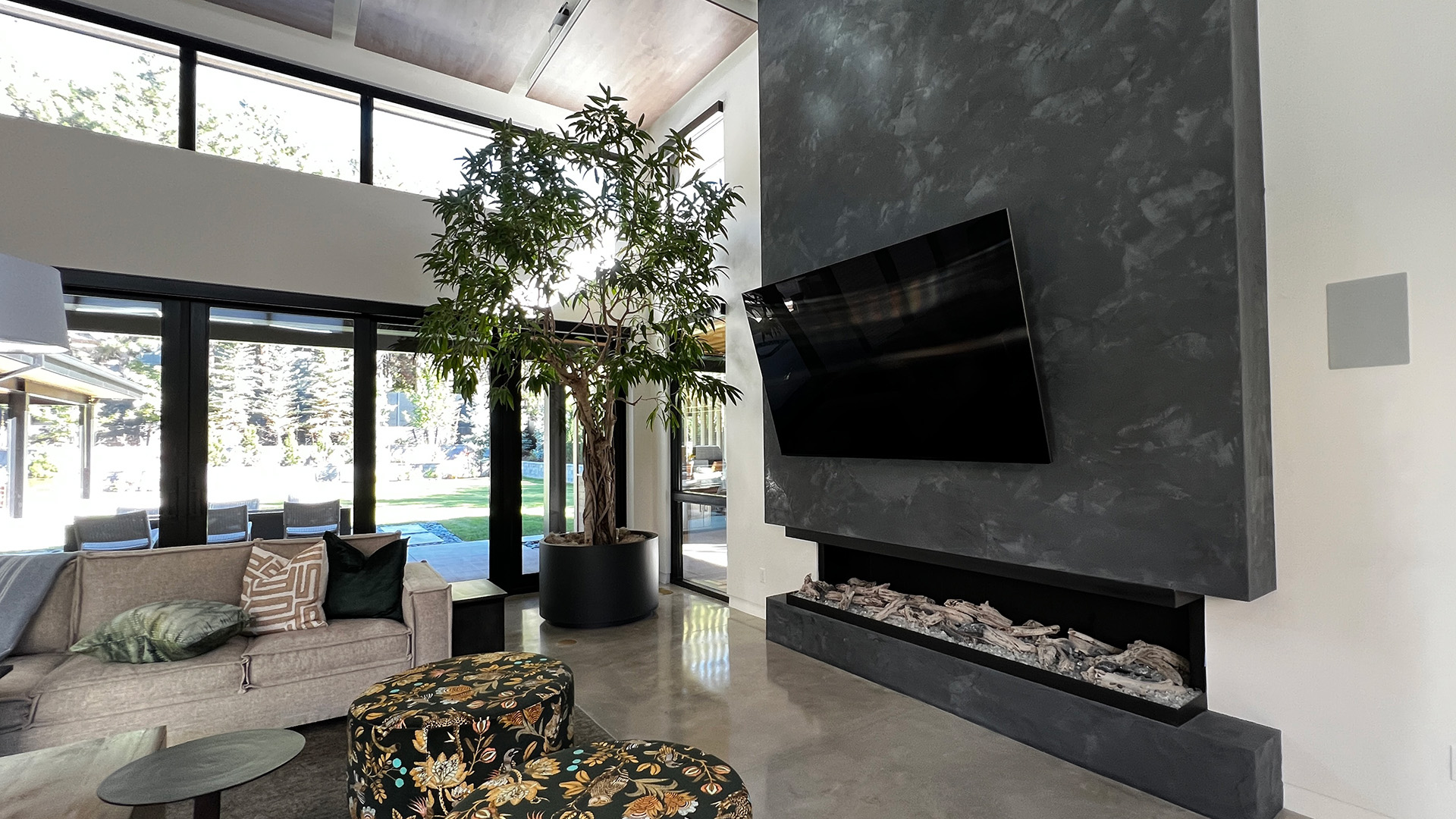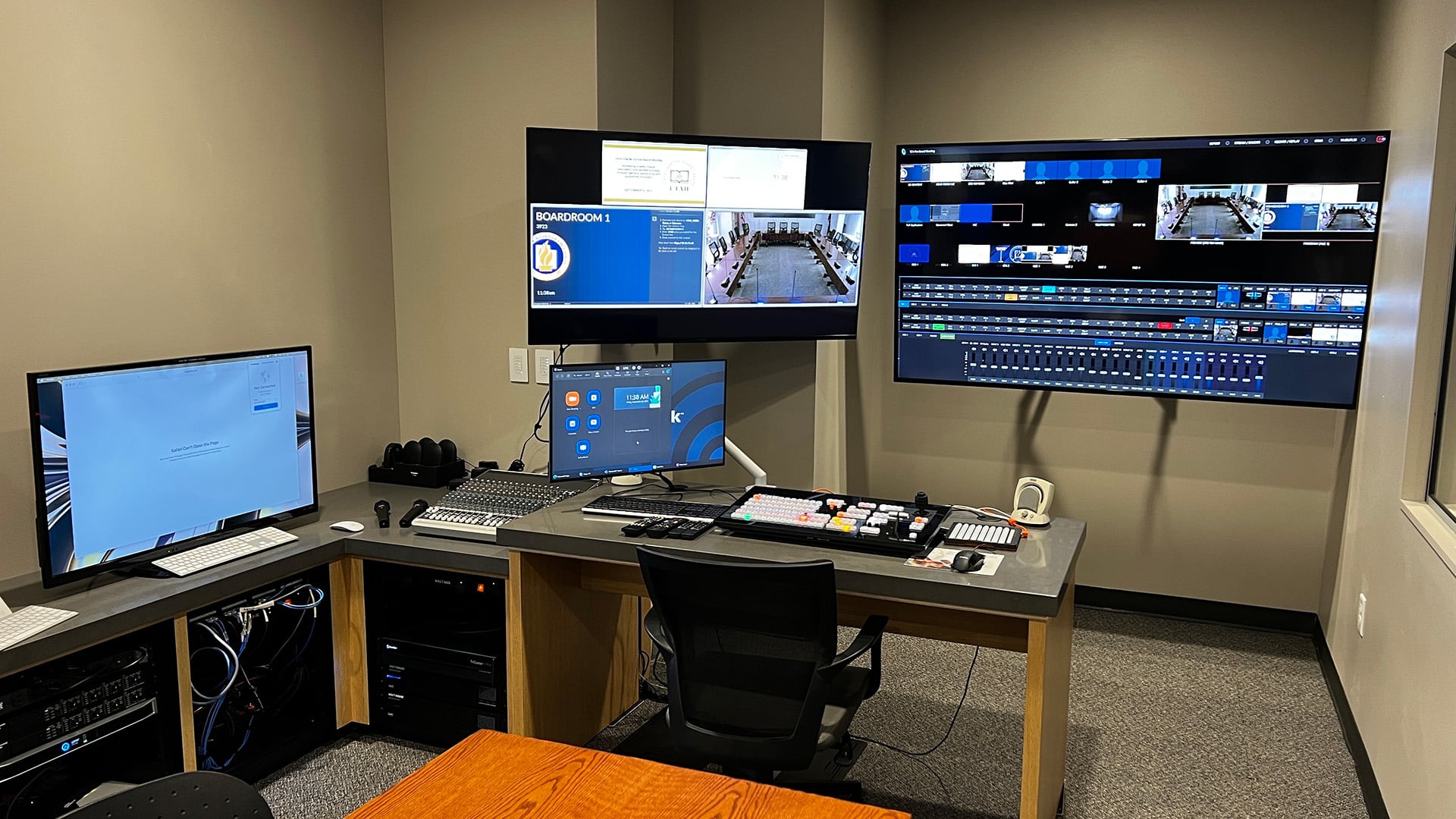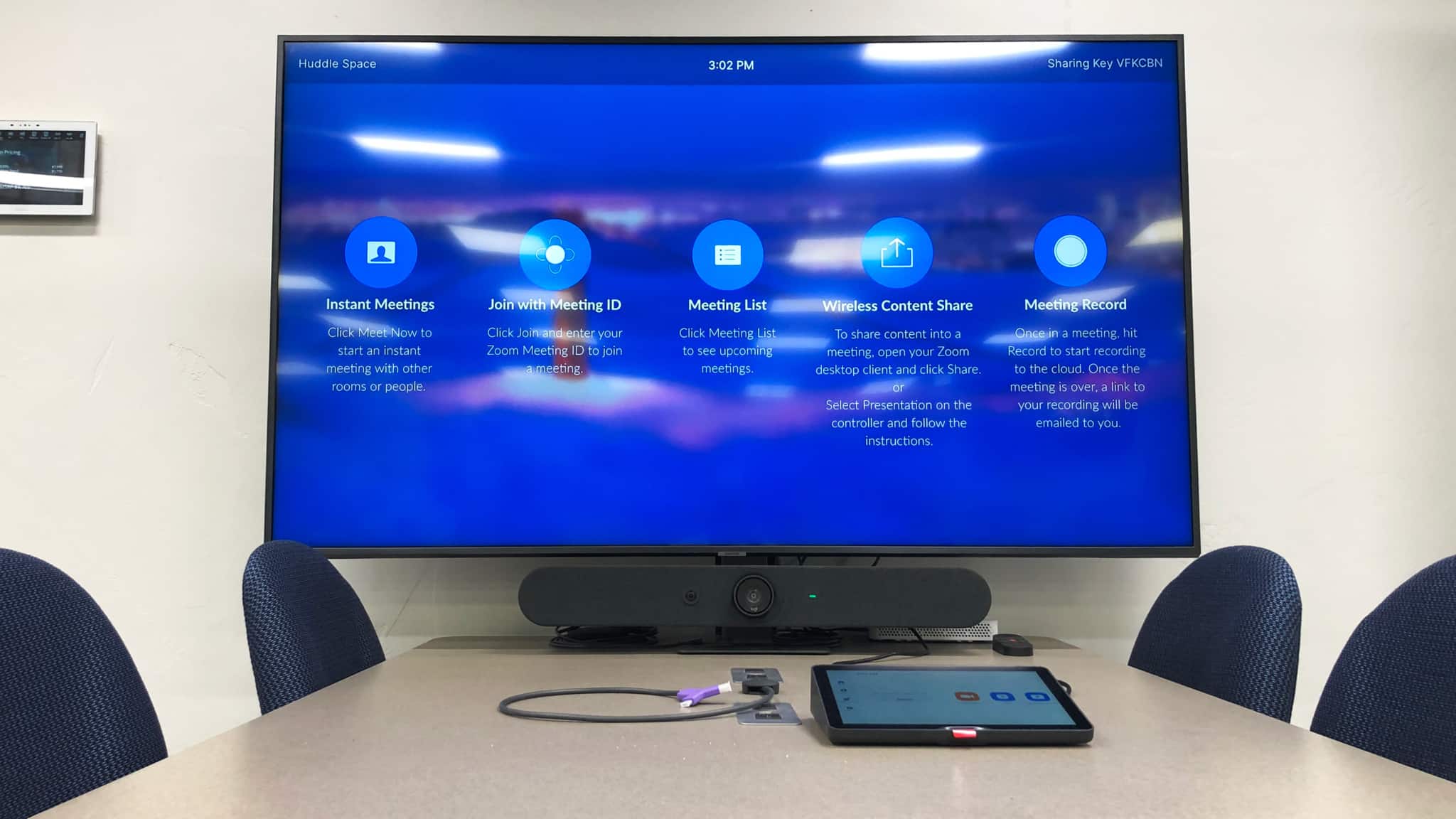After months of waiting with much anticipation since Infocomm 2014, we have finally been able to do side-by-side and up-close comparisons of the new game-changing projectors from Epson, Panasonic and Sony. What we discovered was a very pleasant surprise, and one that will affect much of today’s AV installations in classrooms and conference rooms.
Panasonic, Epson and Sony Next Generation Projectors being tested
The reason that this new projector category is so significant is that, with the introduction of more reasonably priced large LED displays and the higher costs of the new solid state projectors, this re-introduces the cost-effectiveness of a large screen projector as a lower cost alternative for both classroom and conference room applications. Here’s what they have in common and what makes this new category so exciting:
1. Full WUXGA resolution – no more compromise between a lower resolution projector at 1280 X 800 and an LED display with 1920 X 1080. These new projectors all have a full square pixel (computer compatible) resolution of 1920 X 1200 which allows the new generation of laptops and tablets to display their content in its full resolution.
2. 4,000-5,000 lumen class brightness. This is quickly becoming the new standard for classrooms and conference rooms. Bright enough for most applications and yet, in many cases, still bright enough to also use in “eco” mode so maximum lamp life can be utilized.
3. Both the Sony and Panasonic have models with and without HDBaseT receivers built in. This is ideal for applications that are using Crestron or other control systems that are able to send both the digital signal and control signals through a single Cat5 or Cat6 cable.
4. All three of these manufactures have used extended range zoom lenses so in most cases the need for interchangeable lens models is not needed. In addition, the lenses are optimized for each specific projector and their high resolution so the center to corner and overall sharpness is very good in each of these projectors.
5. All three manufactures have these new models with WUXGA and 3-LCD light engines (up to 3X brighter color than single DLP) that start at under $1,650 (educational price without HDBaseT) and two manufactures that have models at under $1,450! (gov.-ed. price w/out HDBaseT).
So, how did they compare? Here is what we found and our conclusions.
The three projectors being compared in our Fall Open House comparison. (3 on the right)
Note: Since some models are not out until the end of October and prices will vary somewhat on volume, prices indicated are only approximate. (all models shown are full WUXGA, 1920 X 1200 resolution)
The thing to keep in mind is that even though these prices will vary depending on final quantities, terms and conditions, they should all vary in proportion to one another so that the differences that you see above should be realistic in the cost differences to each other.
Here are our recommendations based on our comparisons and side by side observations:
If you want a good, solid projector to replace the older WXGA projectors and you do not need HDBaseT then the Epson 1980WU was clearly the best choice. Not only did it have a comparable image to the others but its brightness on our model was comparable visually to the other models even in the eco mode and it costs at least $250 per projector less.
If you do need HDBaseT then the Sony VPL-CH355 with its extended lamp life and at only about $250 more might be the best choice. In most cases 4,000 lumens is plenty bright and it will save you a considerable amount (up to $700) over the slightly brighter models.
If you need HDBaseT and the brightest in its class then either the Sony VPL-CH375 or the Panasonic PT-VZ575 would make the most sense, but at a higher cost and slightly higher energy consumption.
If you are in the market for this category projector or are looking to replace the older WXGA projectors currently in use please call us and we’ll set up a side-by-side comparison. The Sony’s will not be out until the end of October so if you are interested in seeing them as well let us know and we’ll put you down so we can call you when they become available.






0 Comments